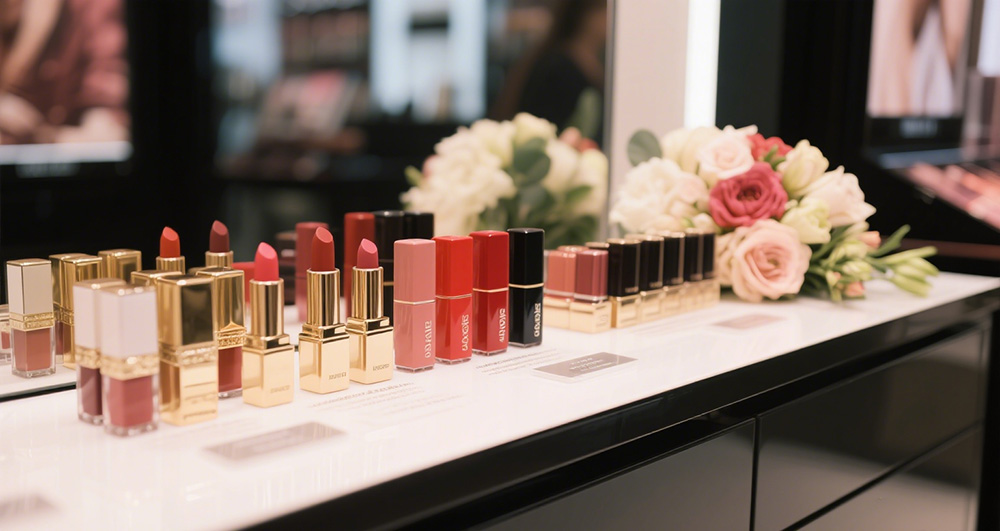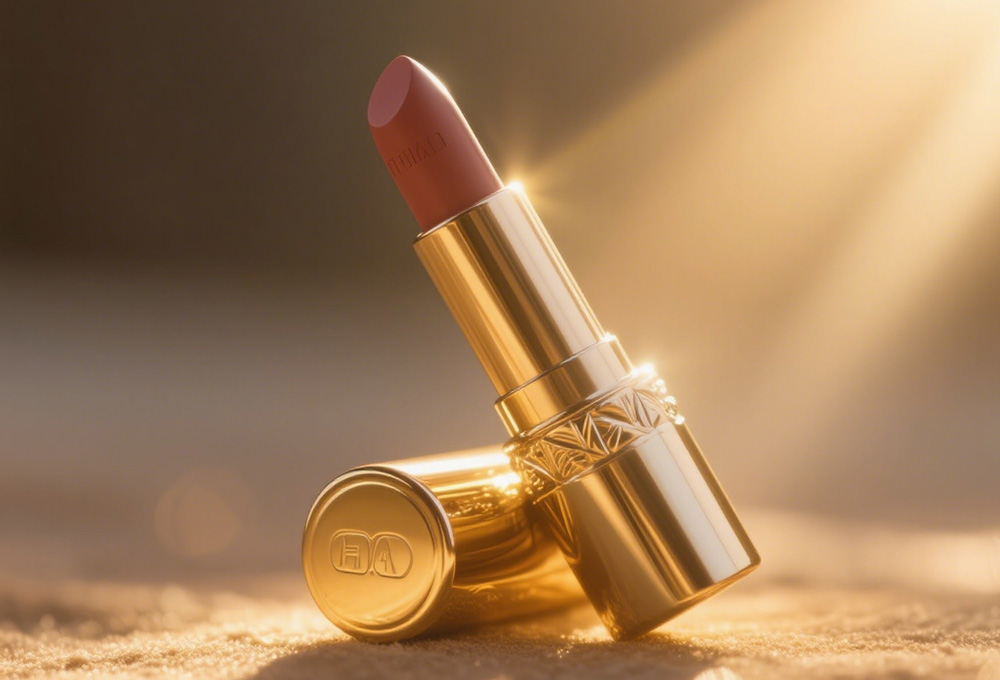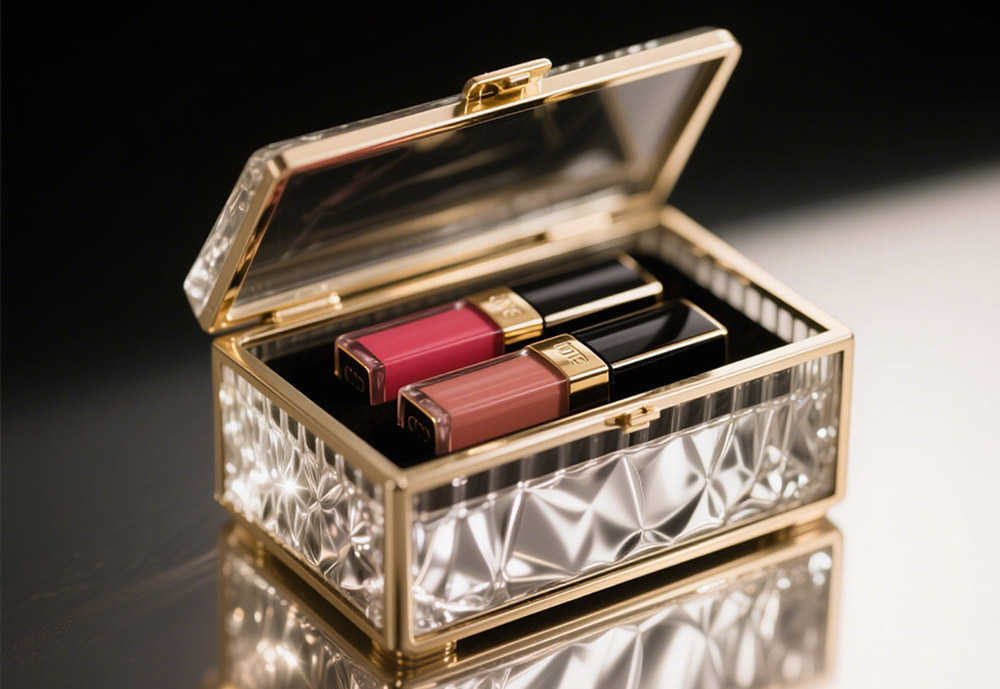Does Lipstick Expire?How to preserve Lipstick effectively
Lipstick is more than just a beauty product; it's a confidence booster and a staple in many makeup bags. But have you ever wondered, does lipstick expire? Knowing whether lipsticks expire or not is crucial to maintaining the quality of your cosmetics and the health of your body.

Does Lipstick Expire?
Yes, lipstick does expire. Despite its seemingly long - lasting nature, this beloved cosmetic has a limited shelf life. Lipstick is typically made up of waxes, oils, pigments, and preservatives. Over time, these ingredients can undergo chemical changes due to factors like exposure to air, heat, light, and moisture.
The average shelf life of lipstick is around 1 to 2 years from the date of opening. However, this can vary depending on the brand, formulation, and storage conditions. For example, lipsticks with natural ingredients may have a shorter lifespan compared to those with synthetic components, as natural ingredients are more prone to spoilage without strong preservatives.
How to Tell if Lipstick has Expired
It's important to be able to recognize the signs of an expired lipstick to avoid potential issues. Here are some tell - tale signs:

Texture Changes: If your lipstick has become dry, crumbly, or developed a grainy texture, it's a clear indication that it's past its prime. A good lipstick should glide smoothly across your lips, but an expired one might tug or flake, making application difficult.
Color Alteration: Noticeable changes in color, such as fading, darkening, or the appearance of streaks or patches, are another red flag. Pigments in lipstick can break down over time, causing the color to lose its vibrancy and consistency.
Unpleasant Odor: A rancid or off - smell is a definite sign that your lipstick has gone bad. The oils and waxes in lipstick can oxidize, resulting in an unpleasant aroma that's far from the original scent.
Mold or Bacteria Growth: In extreme cases, you may see mold or signs of bacteria on your lipstick. This is a serious health hazard and means the lipstick should be discarded immediately.
Whether Expired Lipsticks are Dangerous to Human Health
Using expired lipstick can pose several health risks. When lipstick expires, the chemical composition changes, and harmful bacteria or mold may grow. Since lipstick is applied directly to your lips, a sensitive and porous area, these contaminants can easily enter your mouth.
This can lead to various problems, including lip infections, allergic reactions, and irritation. Symptoms may include redness, swelling, itching, or the formation of sores on your lips. In some cases, more severe complications could arise, especially if you have a weakened immune system. So, it's best to err on the side of caution and avoid using expired lipstick.
How to Preserve Lipsticks
Proper storage is key to extending the lifespan of your lipstick. Here are some effective preservation tips:

Cool and Dry Storage: Keep your lipstick in a cool, dry place away from direct sunlight, heat sources, and humidity. Bathrooms, for example, are not ideal storage locations due to the high moisture levels. A drawer or a makeup organizer in a cool room works well.
Keep it Sealed: Always make sure to tightly close the lipstick cap after each use. This prevents air from entering the tube, which can cause oxidation and spoilage.
Store Upright: Storing lipstick upright helps prevent the product from melting or deforming, especially in warmer conditions. It also ensures that the lipstick stays in its original shape and doesn't come into contact with the inside of the cap, reducing the risk of contamination.
Avoid Sharing: Sharing lipstick can transfer bacteria from one person to another, accelerating the spoilage process. It's best to keep your lipstick for personal use only.
Understanding What Is Lipstick Made Of Helps Preserve It
Knowing the production process sheds light on how to care for your lipsticks—and why certain steps matter:

Ingredient blending
Manufacturers measure and mix waxes (e.g., beeswax, carnauba), oils (castor, jojoba), pigments, emollients, and preservatives in heated kettles.
Homogenization
The mixture is heated until the waxes melt and ingredients fully disperse, creating a uniform base.
Precision dispensing
A lipstick filling machine deposits the molten formula into metal or plastic tubes with exact weight and minimal air pockets.
Cooling and finishing
Filled tubes are rapidly cooled to solidify the lipstick, then polished for a smooth, glossy surface.
Packaging
Tubes are capped, labeled, and boxed for sale.
Because the lipstick filling machine ensures consistent density and reduces micro‑voids, it minimizes spots where moisture or microbes could accumulate—ultimately helping your lipstick stay fresher, longer.
lipstick does indeed expire, and being aware of the signs of expiration, potential health risks, and proper preservation methods is essential. By understanding the production process and the role of equipment like the lipstick filling machine, you can take better care of your lipstick collection, ensuring that each application is smooth, safe, and beautiful.
